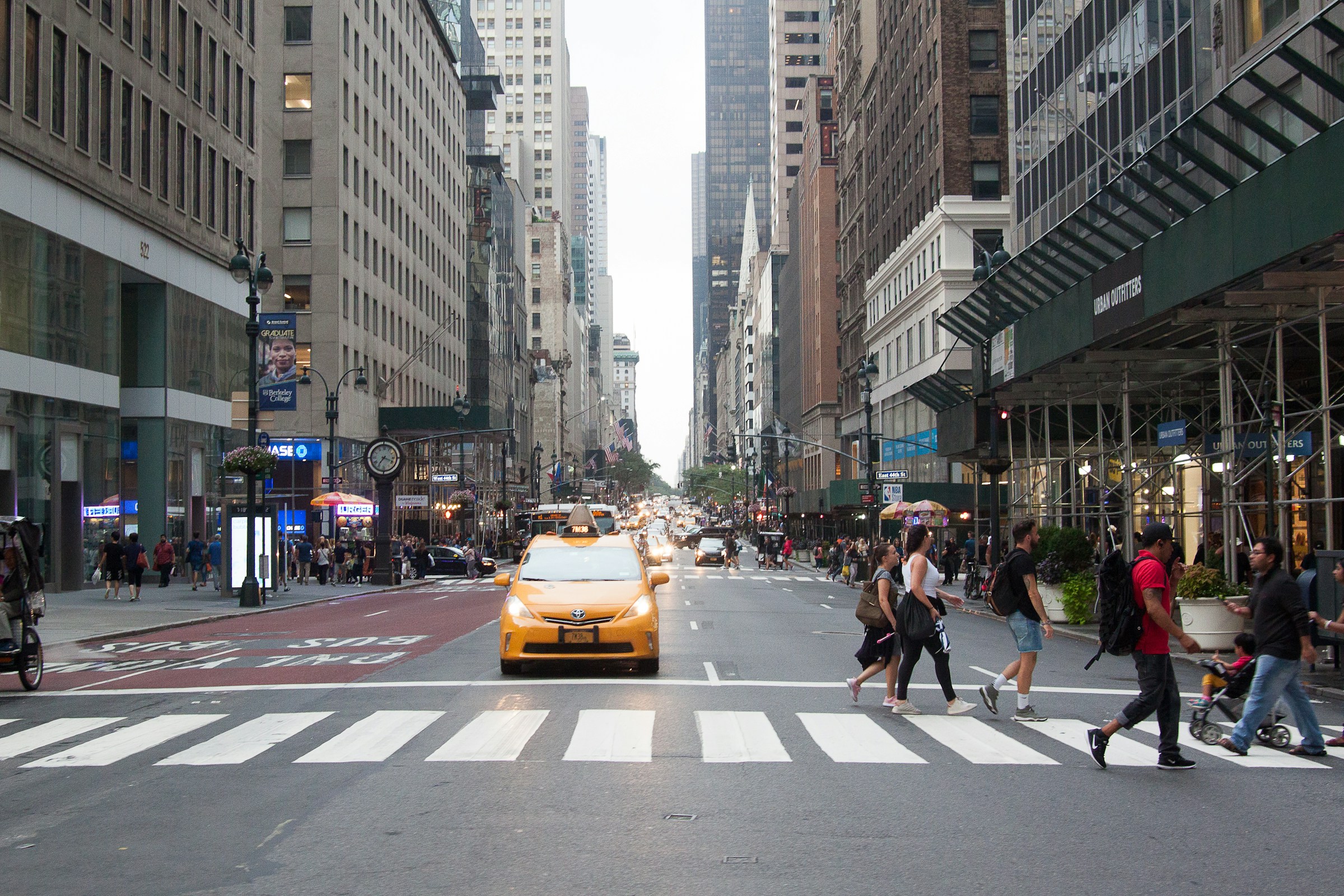In an era where automotive safety is paramount, pedestrian detection systems stand as pivotal innovations in preventing pedestrian-related accidents on the roads. As vehicles become increasingly equipped with advanced technologies, understanding how pedestrian detection systems operate is essential for appreciating their role in enhancing road safety.
Components of Pedestrian Detection Systems
Pedestrian detection systems in cars comprise several essential components working synergistically to enhance safety on the roads. The primary components include advanced sensor technologies like cameras, radar, and lidar, which collect data about the vehicle’s surroundings.

Cameras capture visual information, enabling the system to identify pedestrians based on their appearance and movement patterns. Radar sensors provide additional data on the distance and speed of detected objects, especially in adverse weather conditions or low visibility situations.
Lidar technology generates detailed 3D maps of the environment, offering precise measurements of pedestrian positions and movements. These sensor inputs are processed by a central unit equipped with sophisticated algorithms that analyze the data and make decisions in real-time. Integration with other vehicle systems, such as automatic braking, further enhances the effectiveness of pedestrian detection systems.
Detection Techniques Used By Car Systems
One common technique is image processing, where cameras capture visual data and sophisticated algorithms analyze it to recognize pedestrians based on their characteristic features such as size, shape, and movement patterns.
Radar detection is another prevalent technique, utilizing radio waves to detect objects and measure their distance, speed, and direction of movement. This complements image processing by providing additional information, particularly in scenarios with low visibility.
Detailed 3D maps of the environment created by laser pulses using lidar technology offers precise measurements of pedestrian positions and movements, contributing to accurate detection.
Some systems integrate deep learning algorithms, enabling continuous improvement and adaptation to evolving road conditions. By leveraging these various detection techniques, car systems can effectively identify pedestrians and mitigate potential accidents, enhancing overall road safety.
Data Processing and Decision Making
Data processing and decision-making play crucial roles in pedestrian detection systems, allowing vehicles to accurately identify pedestrians and take appropriate actions to prevent collisions. Once sensor data, including visual information from cameras, radar readings, and lidar scans, is collected, it undergoes thorough processing by the system’s central unit.
Sophisticated algorithms analyze this data in real-time, distinguishing pedestrians from other objects and assessing their speed, direction, and proximity to the vehicle. Decision-making algorithms then evaluate the detected pedestrian’s trajectory and predict potential collision risks.
Based on this analysis, the system determines the appropriate response, such as issuing a warning to the driver, activating emergency braking, or adjusting the vehicle’s trajectory to avoid the pedestrian.
While these systems have successfully prevented dangerous collisions, Denver car accident lawyers suggest that human error and other variables can result in errors, requiring the continuous refinement of these algorithms to increase efficiency. Machine learning and data-driven techniques enables pedestrian detection systems to adapt to varying road conditions and improve their accuracy over time.
Integration with Vehicle Systems
Pedestrian detection systems integrate seamlessly with other safety features in vehicles to enhance pedestrian detection and collision prevention. These systems collaborate with technologies like automatic emergency braking (AEB), collision avoidance systems, and adaptive cruise control to provide comprehensive protection for pedestrians.
When a pedestrian is detected in the vehicle’s path, the pedestrian detection system communicates with AEB to initiate emergency braking, reducing the vehicle’s speed or bringing it to a complete stop if necessary to avoid a collision.
Collision avoidance systems may also be activated, alerting the driver and assisting in evasive maneuvers to steer the vehicle away from the pedestrian. Additionally, adaptive cruise control systems can be modified based on pedestrian detection data to adjust the vehicle’s speed and maintain a safe distance from pedestrians in the vicinity.
By integrating with these safety features, pedestrian detection systems ensure a proactive and coordinated response to pedestrian hazards. Collectively, these features significantly reduce the risk of pedestrian accidents and enhance safety for all road users.

Limitations and Challenges
Despite their advancements, pedestrian detection systems face several limitations and challenges. One significant challenge is the occurrence of false positives and false negatives, where the system incorrectly identifies non-pedestrian objects as pedestrians or fails to detect pedestrians in certain scenarios, such as low light conditions or occluded environments.
Additionally, the effectiveness of pedestrian detection systems can be hindered by the unpredictable behavior of pedestrians, including sudden movements or obscured visibility due to obstacles.
Another limitation is the system’s reliance on sensor technologies, which may be affected by environmental factors like adverse weather conditions or sensor malfunctions. Furthermore, pedestrian detection systems may struggle to accurately detect pedestrians in crowded urban environments with high levels of pedestrian traffic.
Overcoming these challenges requires ongoing research and development efforts to improve the accuracy and reliability of pedestrian detection systems across diverse driving conditions and scenarios.
Article Last Updated: March 5, 2024.
